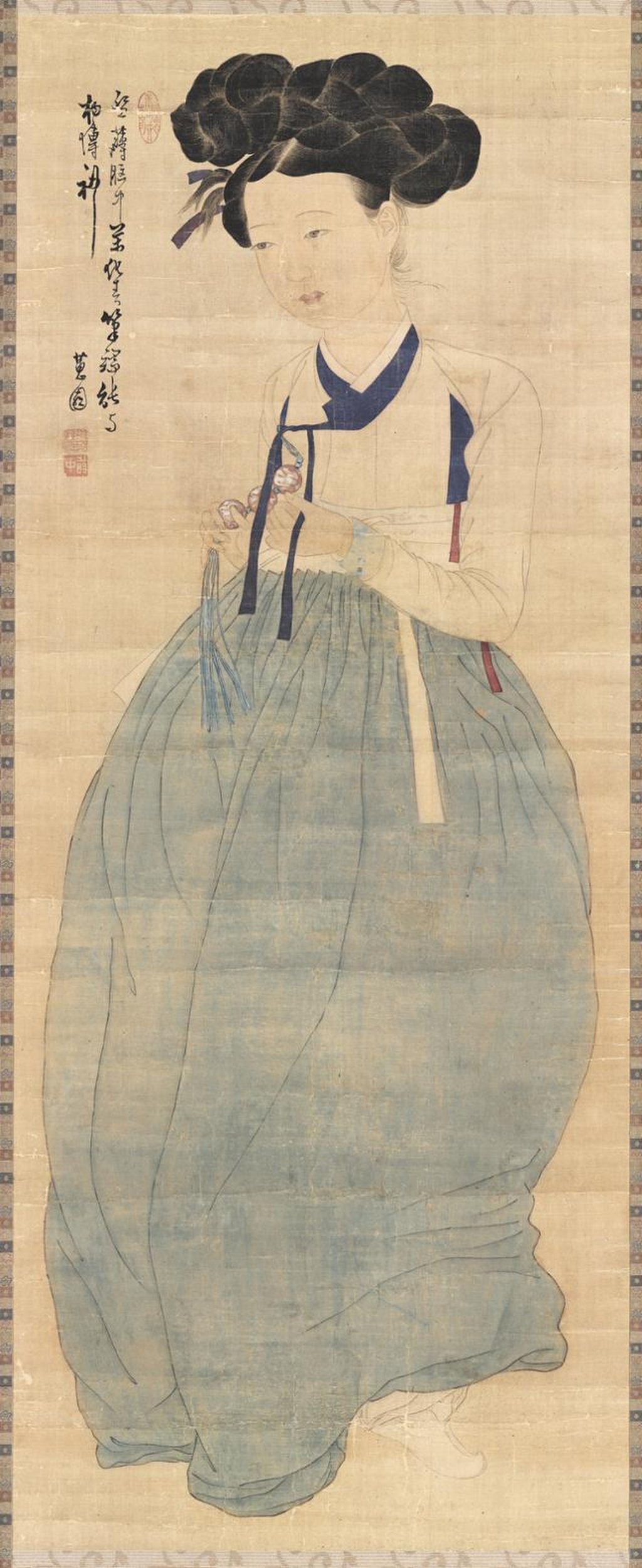The exhibition runs until September 1 at KOMSCO’s Currency Museum in Daejeon, South Korea, and features images reproduced using the company’s intaglio printing know-how.
It is KOMSCO’s first art exhibition aimed at introducing the intaglio printing method.
From Korea, the images include ones by 18th-century painters from the Joseon dynasty, such as Portrait of a Beauty by Shin Yun-bok. Among the images of Western paintings are Cafe Terrace at Night by Vincent van Gogh from 1888 and Woman with a Parasol – Madame Monet and Her Son by Claude Monet from 1875.

The exhibition arrives as the state-run KOMSCO, in a bid to adapt to a cashless society, is making a concerted effort to move away from its traditional business model.
In return, it is undergoing sweeping reforms to specialise in creative cultural content, as well as information and communications technology (ICT) and exports.
“We came up with this special exhibition to raise public awareness of KOMSCO’s counterfeit deterrent technologies in currency production, and notably its intaglio printing method, through images of beautiful art pieces,” KOMSCO chief executive Sung Chang-hoon said.
He expressed hope of “gaining the public’s attention and interest in how KOMSCO’s printing technology can be leveraged in the art world”.
During the exhibition, visitors will also have a chance to experience the intaglio printing method on their own.

In addition, KOMSCO will give out free calendars that are made using intaglio printing.
Also called plate printing, intaglio printing uses ink to produce images that are incised into the surface of a plate, usually made of steel. The excess ink is removed from the non-image area of the plate, thereby leaving ink only in the engraved recessed areas.
Intaglio printing is a specialised form of printing technology, and thus, it is used for documents that require authenticity, such as currency notes, gold bars, commemorative medals, postage stamps and passports as well as forms of IDs manufactured by KOMSCO.

